In Photos: Mystical Fairy Circles Grace African Desert
Fairy Dust?
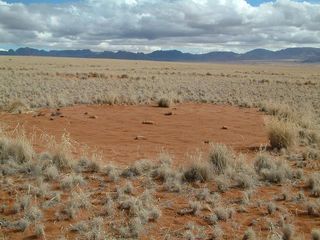
Mysterious bare spots called "fairy circles" dotting the sandy desert grasslands of Nambia have long stumped scientists who have no idea how the strange patterns form. A recent study, detailed online June 27, 2012 in the journal PLoS ONE, does pull back some of the circles' mystery. The researchers, including Florida State University biologist Walter Tschinkel, found the small circles stick around for about 24 years, while the larger ones stay put as long as 75 years. Here, a typical fairy circle in Namibia.
Studying the Circles
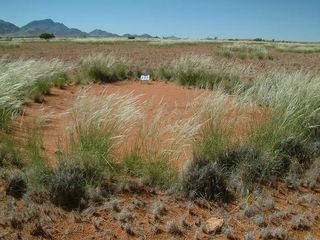
Few researchers have studied fairy circles, in part because of their remoteness, 111 miles (180 km) form the nearest village. It's an arid landscape where springbok, ostrich, leopards and other large animals roam, Tschinkel said. (Shown here, a fairy circle seen in 2011 after the rain.)
Pretty Patterns
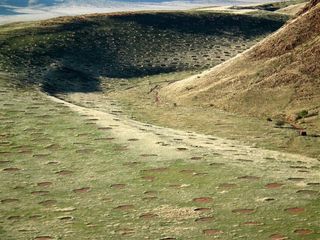
By comparing satellite images from 2004 and 2008, Tschinkel found that circles are quite stable, popping up at nearly their full size, or at least growing quickly once they get started. Here, the circles are shown dotting the landscape of Jagkop, Namibia, after a rain.
Fairy Circle Evolution
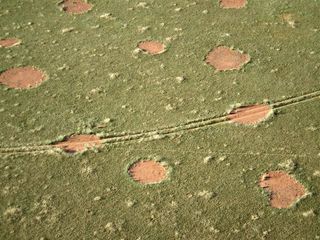
The smallest are about 6.5 feet (2 meters) in diameter, while the largest can be almost 40 feet (12 m) across. Eventually, plants move back in, re-colonizing the circles and leaving only slightly indented "ghost circles" behind.
Going Down?
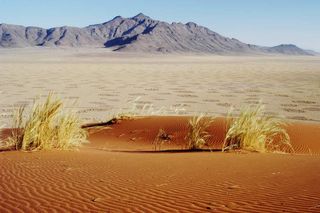
Over time as winds scour the bare surfaces the fairy circles form slight depressions, like the one shown here in the Namib Desert.
Checking on the Circles
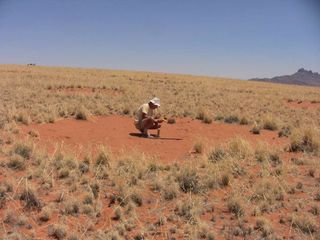
In his study, Tschinkel also determined that the circles form on sandy soil with only minimal stoniness, and that they don't form on shifting dunes or alluvial fans, where sands are deposited by water.
Fairy Circle Life Cycle
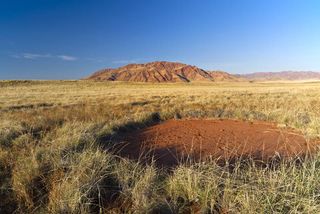
The fairy circles (shown here in the Namib Rand Nature Reserve) seem to live for about 30 to 60 years, going from birth to maturity to re-vegetation.
Sign up for the Live Science daily newsletter now
Get the world’s most fascinating discoveries delivered straight to your inbox.
Comparing Fairy Circles
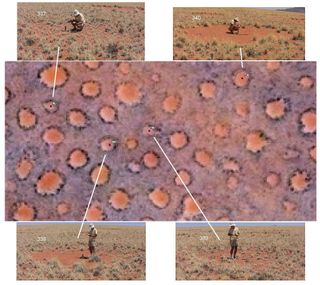
Some of Tschinkel's experiments on the reason for the circles are still ongoing, but so far, they've generated no leads. Shown here, a composite of the various fairy circles studied.
Mystery Continues
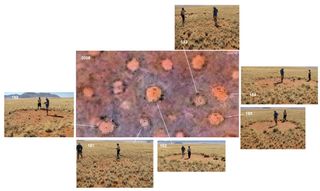
Tschinkel suspects that the fairy circles (shown here in a composite image) are some form of natural self-organization by plants. Some models suggest plants can draw nutrients toward themselves, which boosts plant growth in some areas and depresses it in others. However, this hasn't borne out as an explanation thus far.
Most Popular






